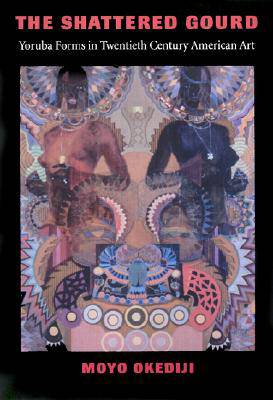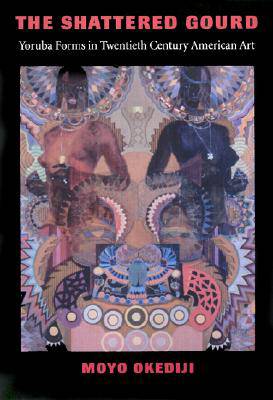
- Retrait gratuit dans votre magasin Club
- 7.000.000 titres dans notre catalogue
- Payer en toute sécurité
- Toujours un magasin près de chez vous
- Retrait gratuit dans votre magasin Club
- 7.000.000 titres dans notre catalogue
- Payer en toute sécurité
- Toujours un magasin près de chez vous
Description
The Shattered Gourd uses the lens of visual art to examine connections between the United States and the Yoruba region of western Nigeria.
In Yoruba legend, the sacred Calabash of Being contained the Water of Life; when the gourd was shattered, its fragments were scattered over the ground, death invaded the world, and imperfection crept into human affairs. In more modern times, the shattered gourd has symbolized the warfare and enslavement that culminated in the black diasporas.
The "re-membering" of the gourd is represented by the survival of people of African origin all over the Americas, and, in this volume, by their rediscovery of African art forms on the diaspora soil of the United States. Twentieth-century African American artists employing Yoruba images in their work have gone from protest art to the exploration and celebration of the self and the community. But because the social, economic, and political context of African art forms differs markedly from that of American culture, critical contradictions between form and meaning often appear in African American works that use African forms.
In this book -- the first to treat Yoruba forms while transcending the conventional emphasis on them as folk art, focusing instead on the high art tradition -- Moyo Okediji uses nearly four dozen works to illustrate a broad thematic treatment combined with a detailed approach to individual African and African American artists. Incorporating works by such artists as Meta Warrick Fuller, Hale Woodruff, Aaron Douglas, Elizabeth Catlett, Ademola Olugebefola, Paul Keene, Jeff Donaldson, Howardena Pindell, Muneer Bahauddeen, Michelle Turner, Michael Harris, Winnie Owens-Hart, and John Biggers, the author invites the reader to envision what he describes as "the immense possibilities of the future, as the twenty-first century embraces the twentieth in a primal dance of the diasporas," a future that heralds the advent of the global as a distinct movement in art, beyond postmodernism.
Spécifications
Parties prenantes
- Auteur(s) :
- Editeur:
Contenu
- Nombre de pages :
- 256
- Langue:
- Anglais
- Collection :
Caractéristiques
- EAN:
- 9780295981505
- Date de parution :
- 01-04-03
- Format:
- Livre relié
- Format numérique:
- Genaaid
- Dimensions :
- 187 mm x 261 mm
- Poids :
- 621 g







